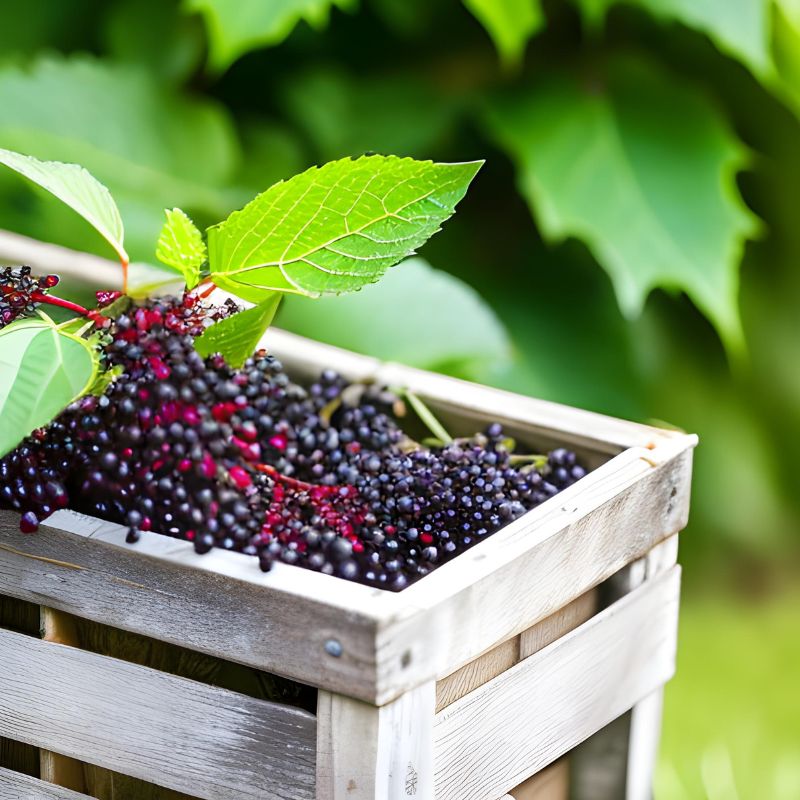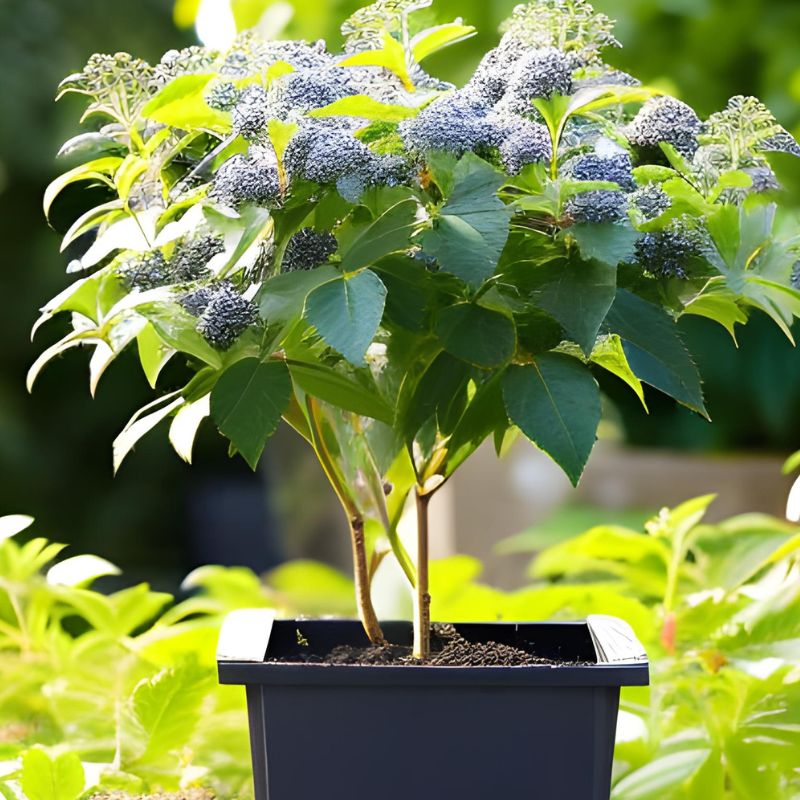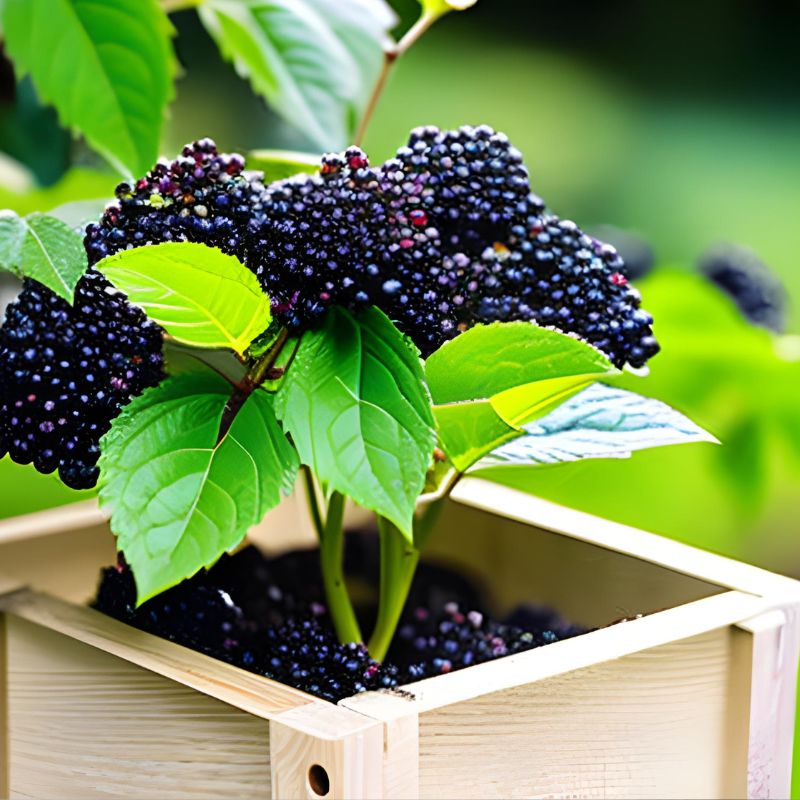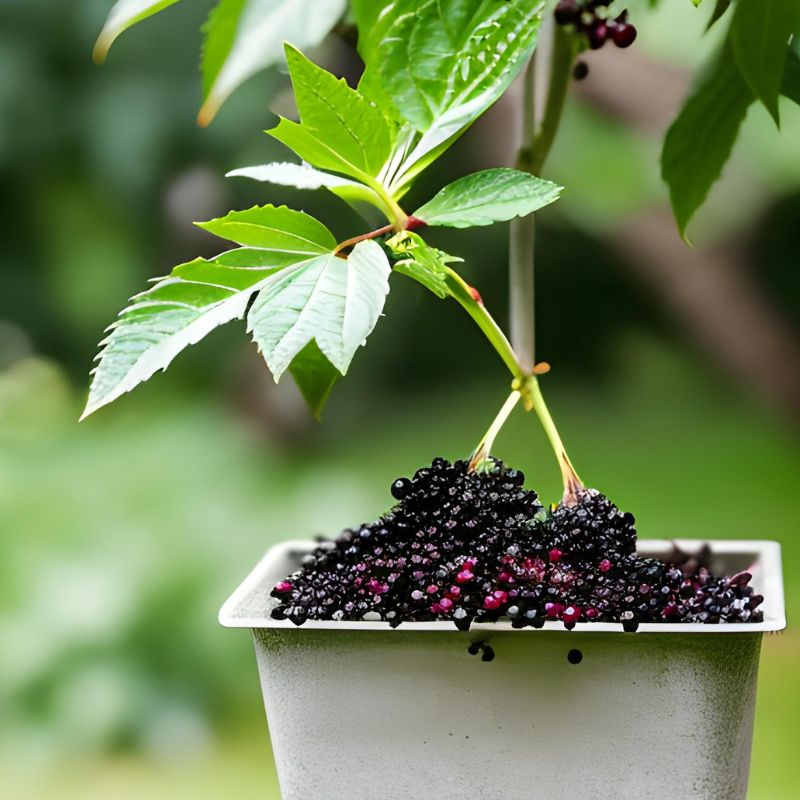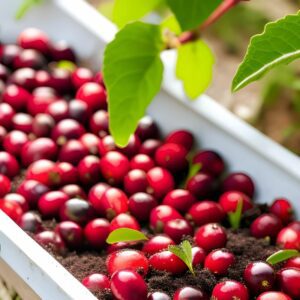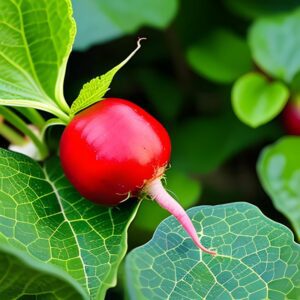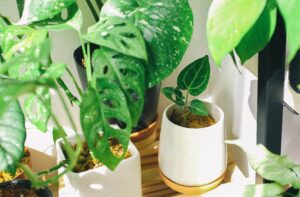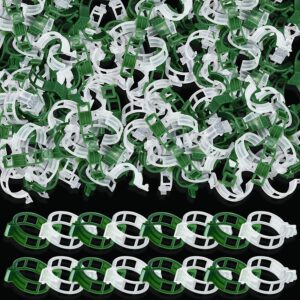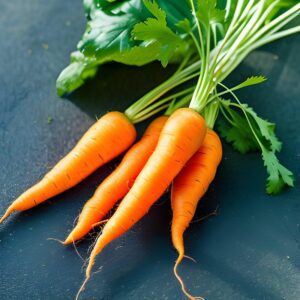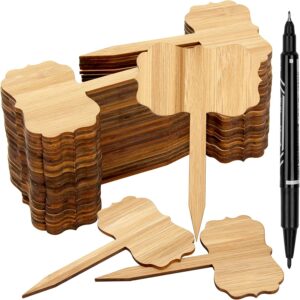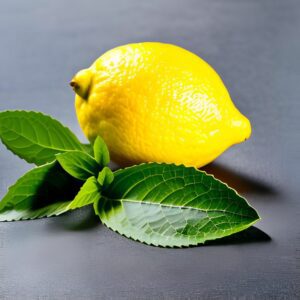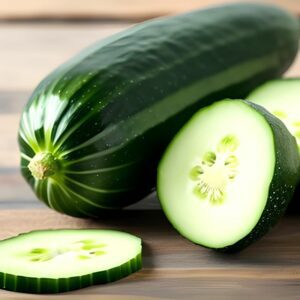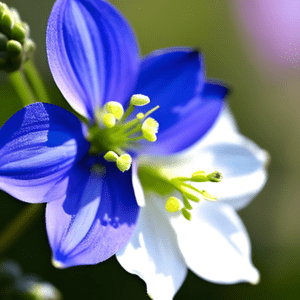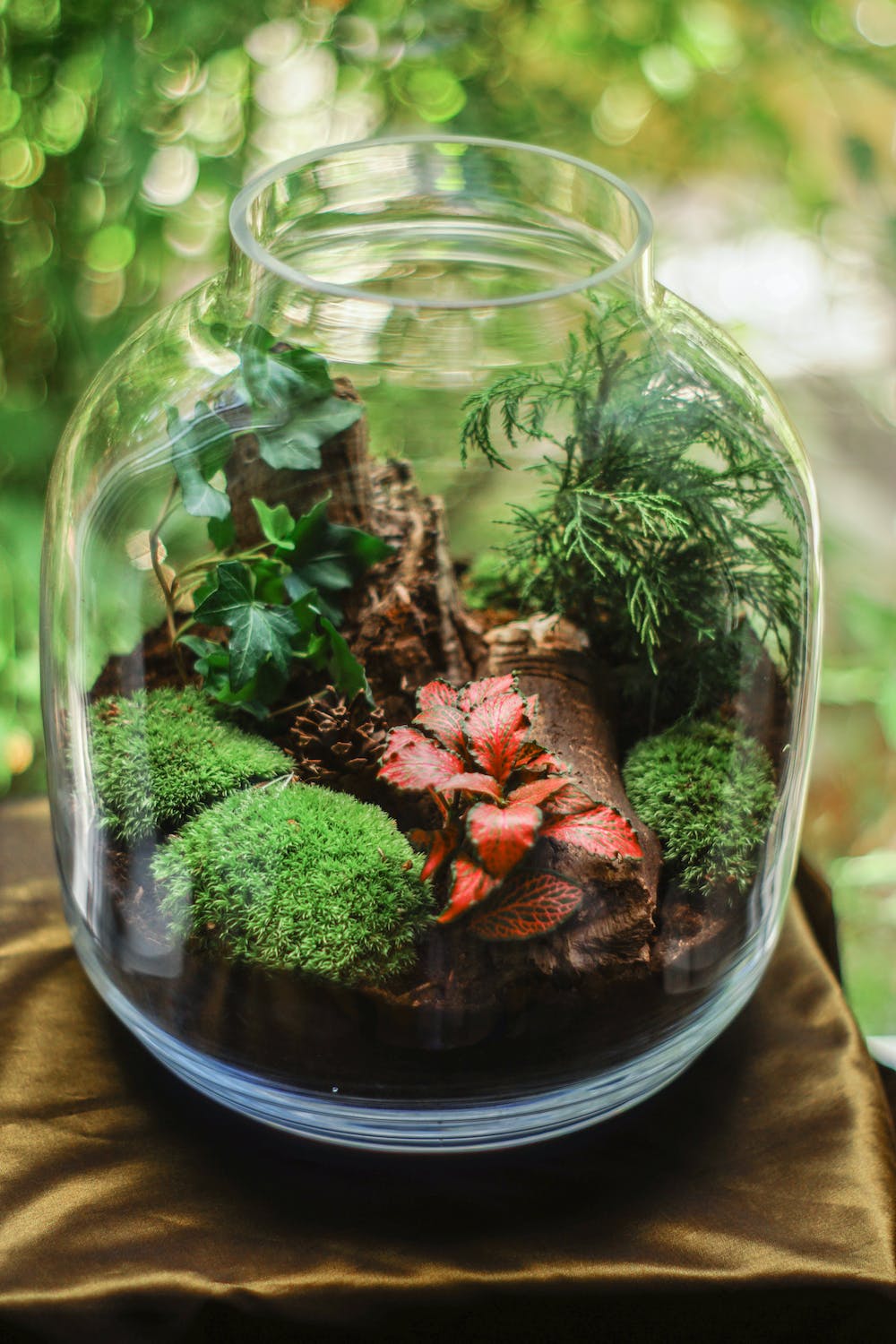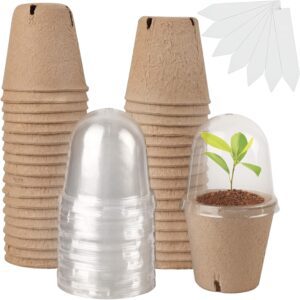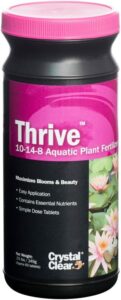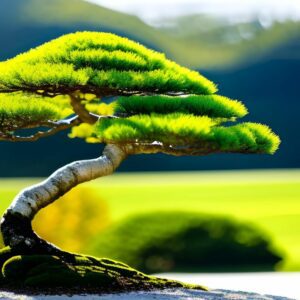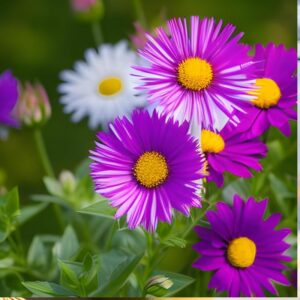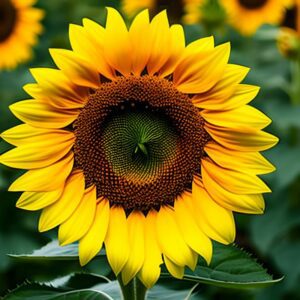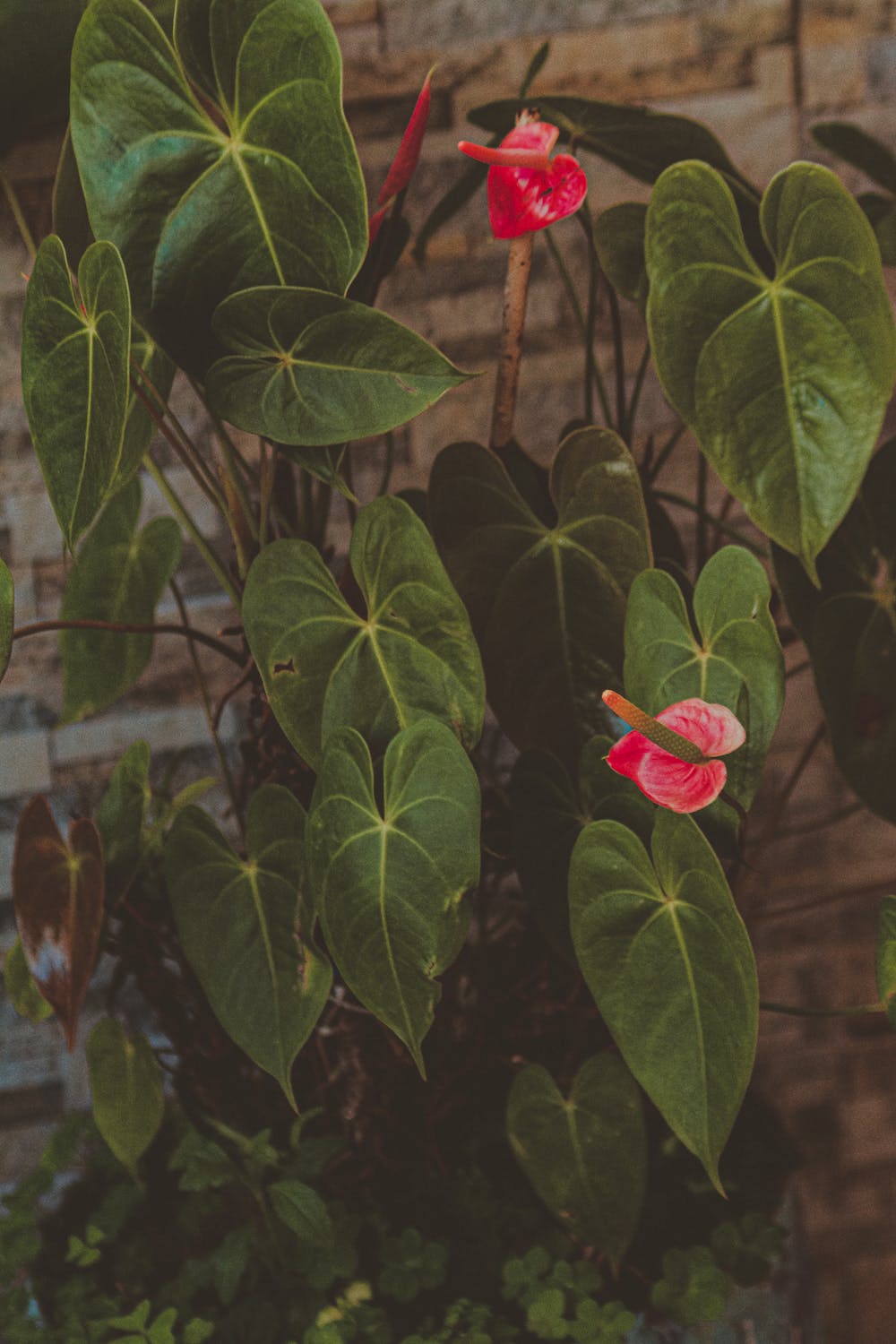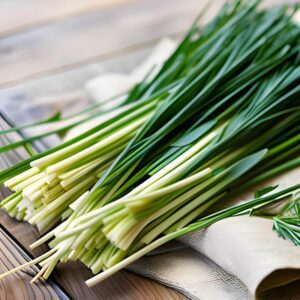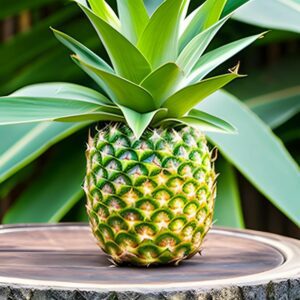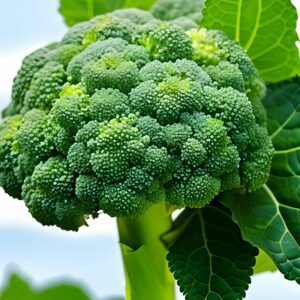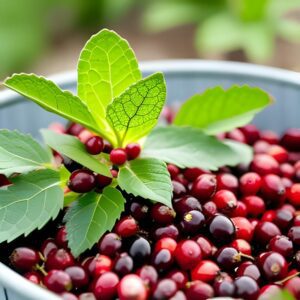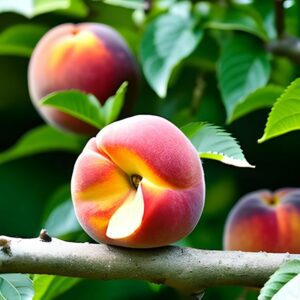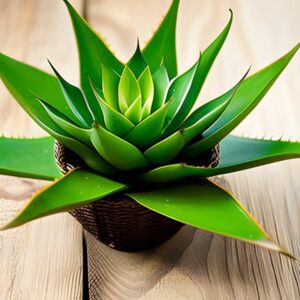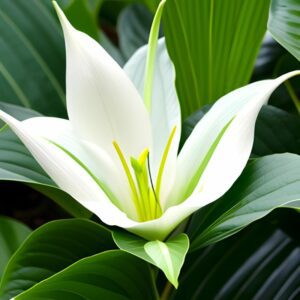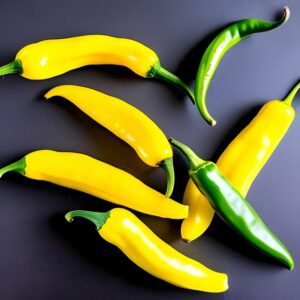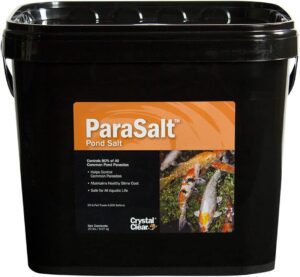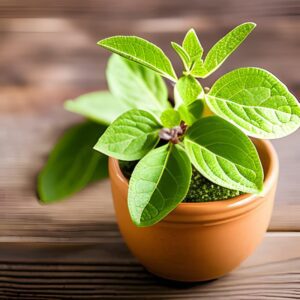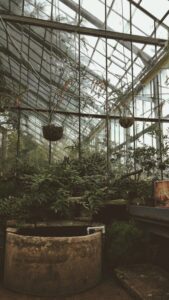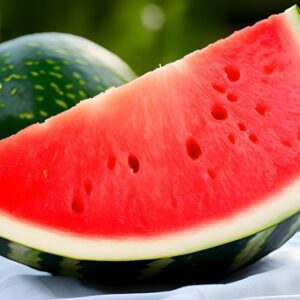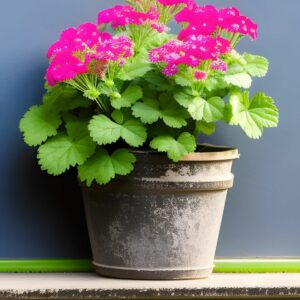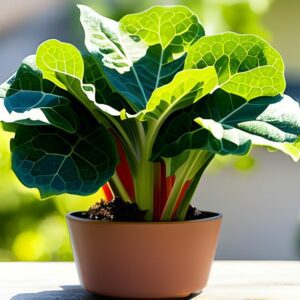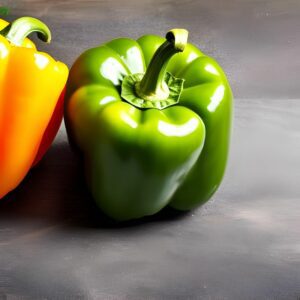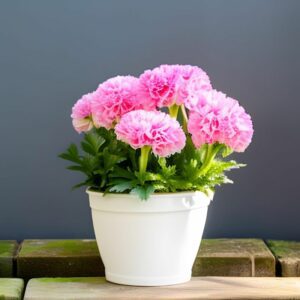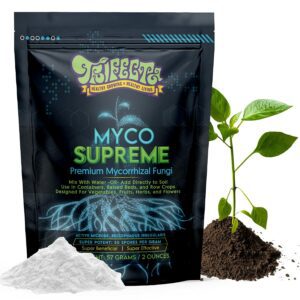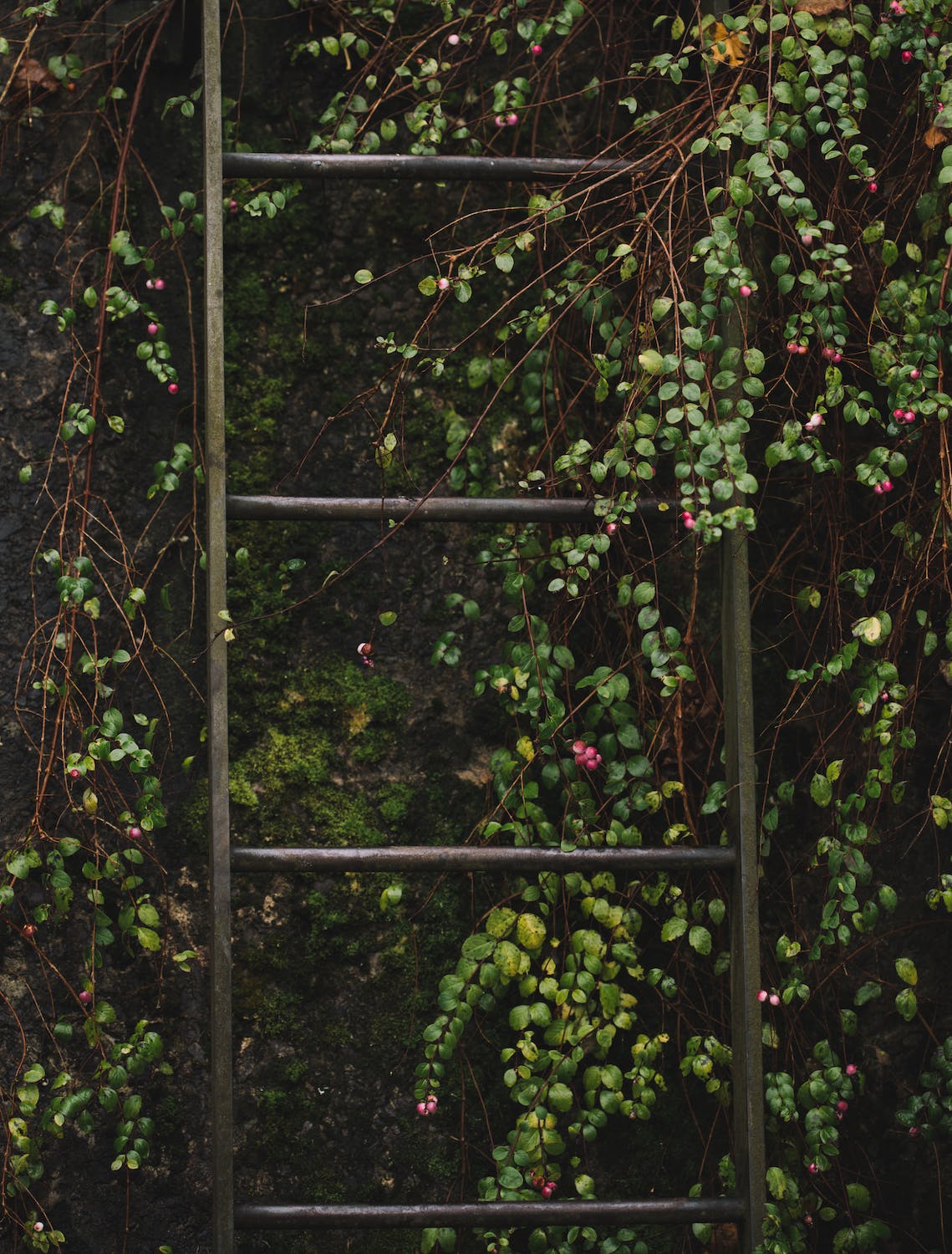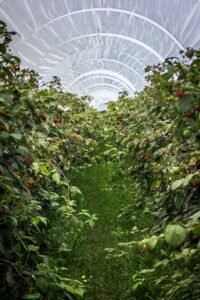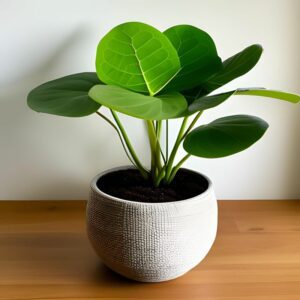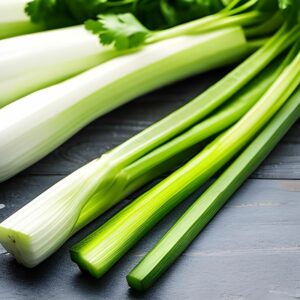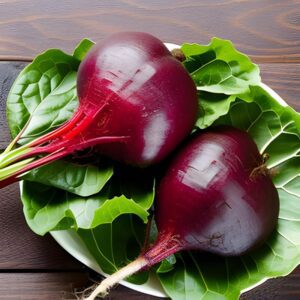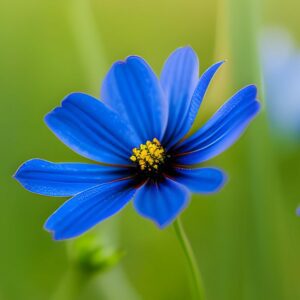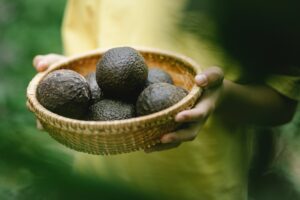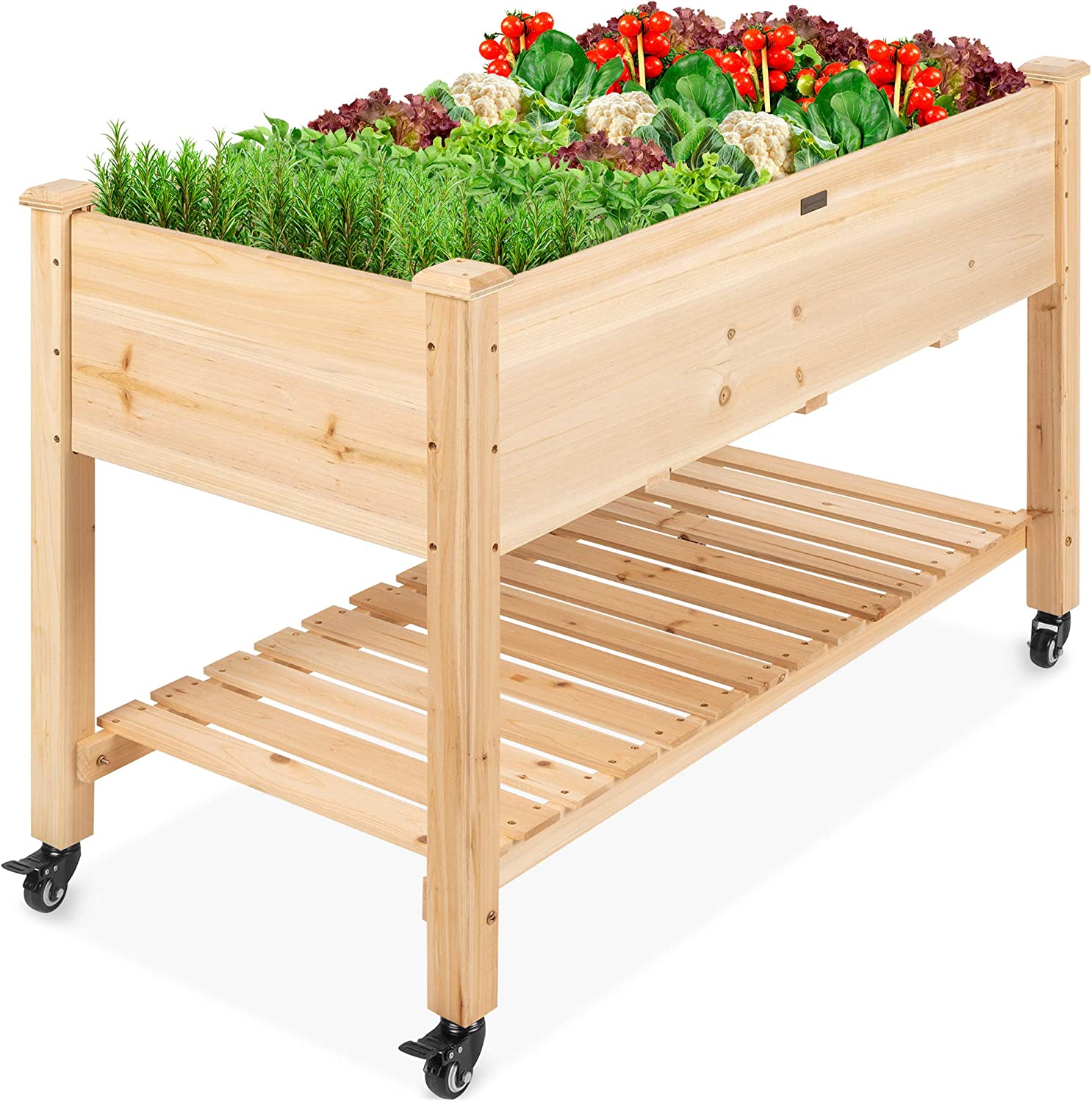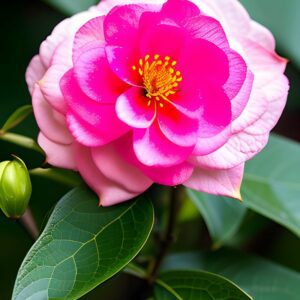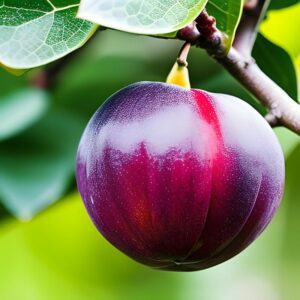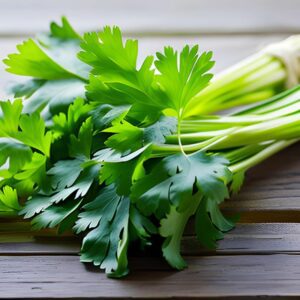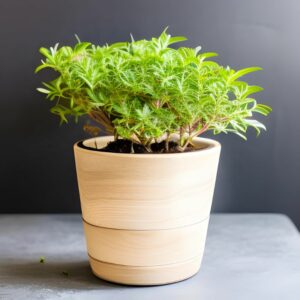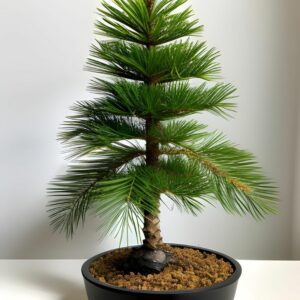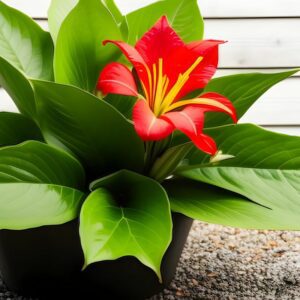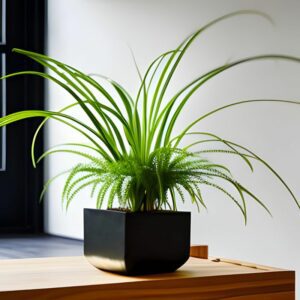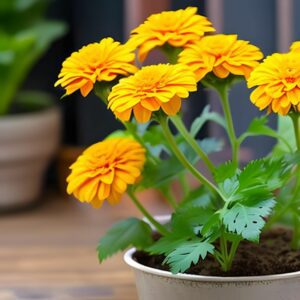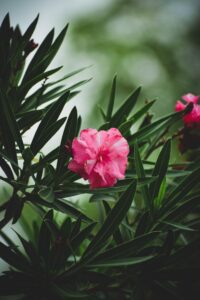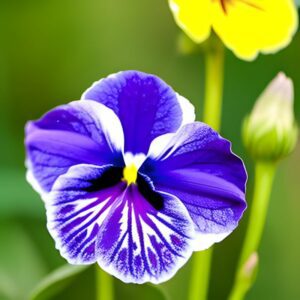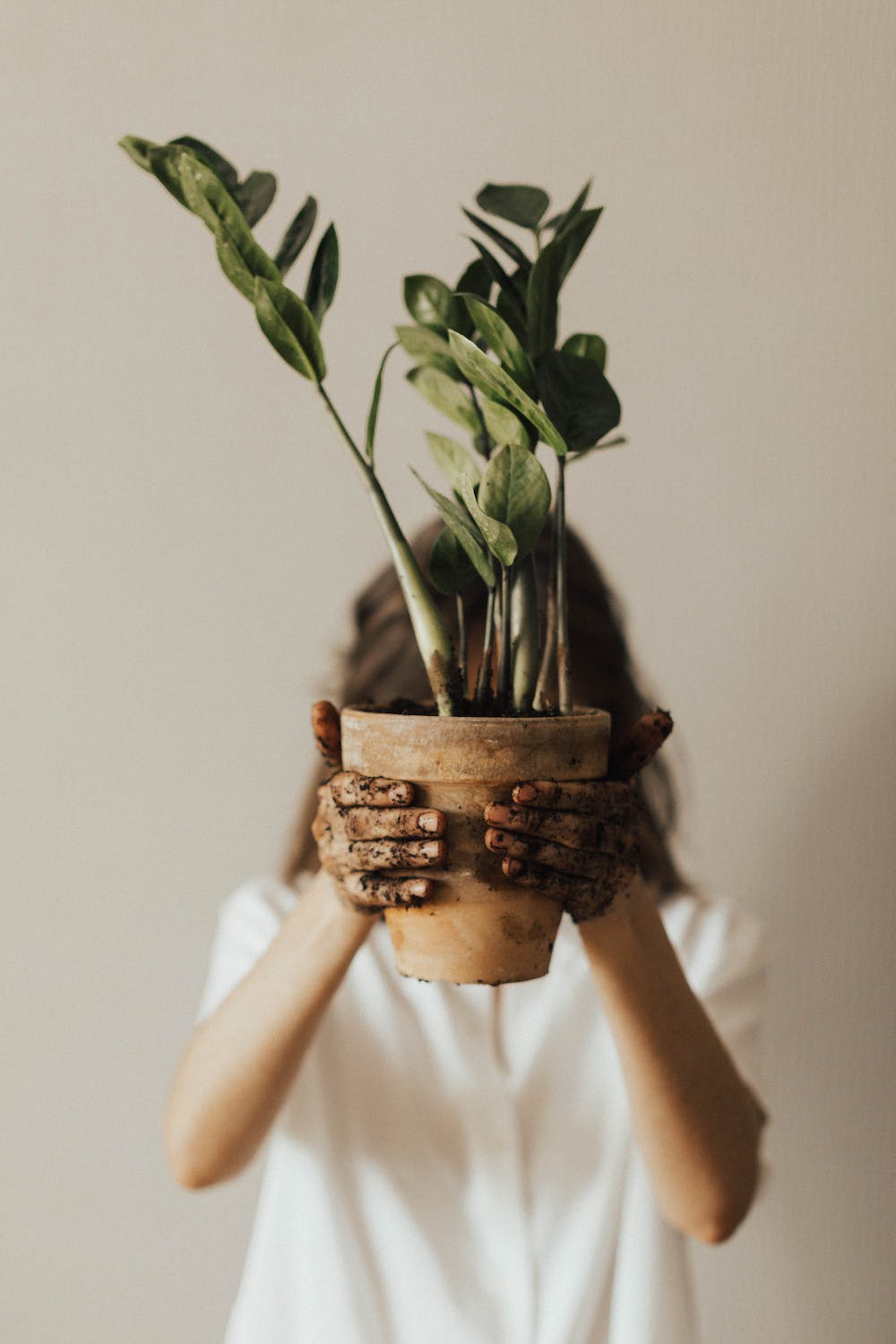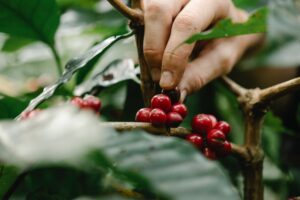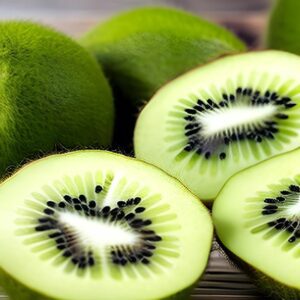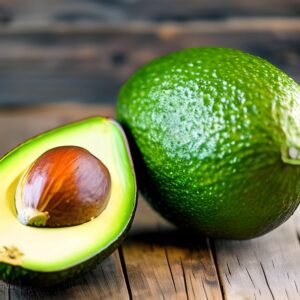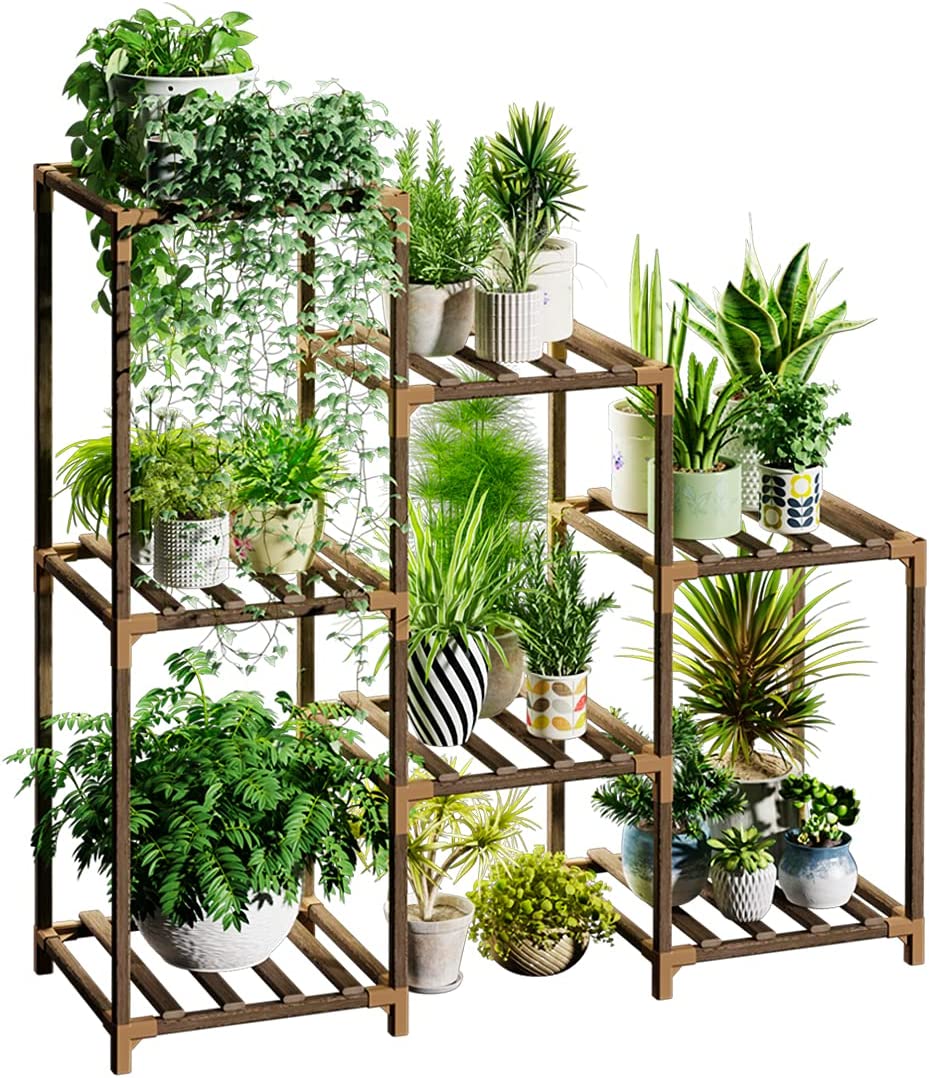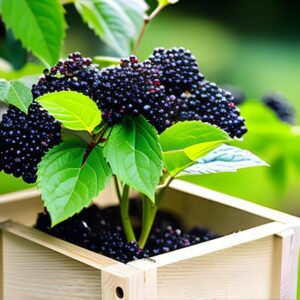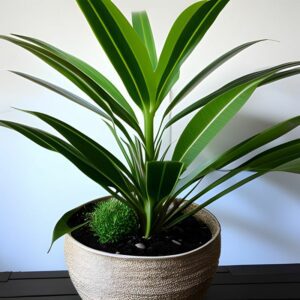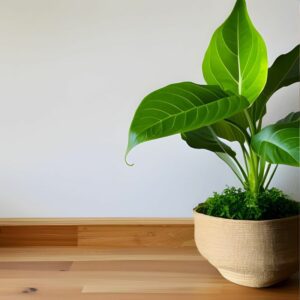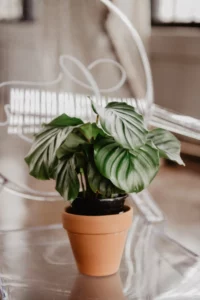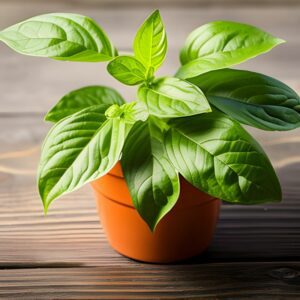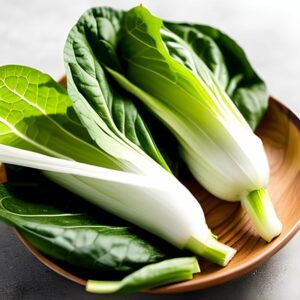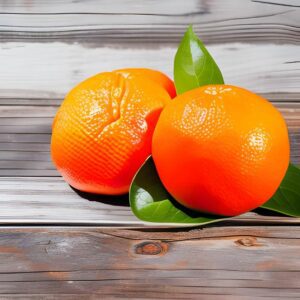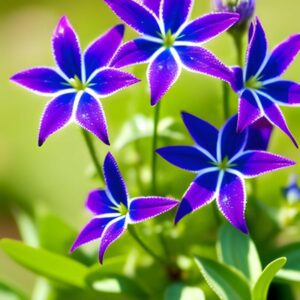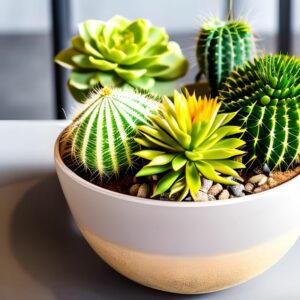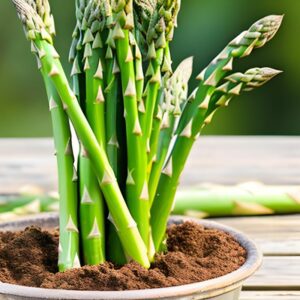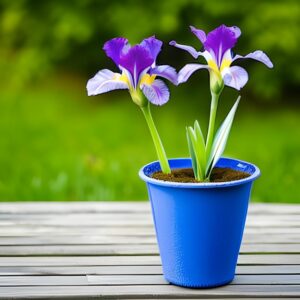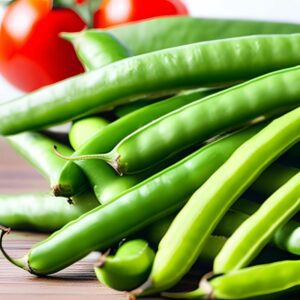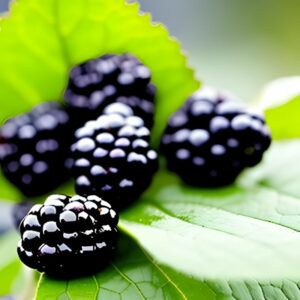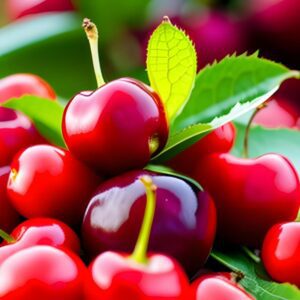Elderberry
Berries
- Americas (North America)
- Easy
- 2-3 years (from planting)
Introduction
Elderberries are small, dark berries that grow on the elderberry shrub, native to North America. These berries are highly nutritious and have been used for centuries in traditional medicine and culinary applications. They are known for their rich flavor and are commonly used to make jams, jellies, syrups, and even wine.
Plant Characteristics
Elderberry shrubs are deciduous and can grow up to 10 feet tall. They have large, compound leaves with serrated edges and clusters of small white flowers that eventually develop into small, dark berries. The berries are typically harvested in late summer or early fall.
Ideal Growing Conditions
Elderberries prefer full sun but can tolerate partial shade. They thrive in moist, well-drained soil with a slightly acidic to neutral pH. Regular watering is important, especially during dry spells. Adequate spacing between plants allows for good air circulation and reduces the risk of disease.
Planting Guide
Plant elderberry shrubs in early spring or late fall. Dig a hole large enough to accommodate the roots and place the plant at the same depth it was previously growing. Space multiple plants about 6-8 feet apart to allow for their eventual growth and spread.
Watering and Fertilizing
Keep the soil consistently moist, especially during the first year of growth. Mulching around the base of the plants helps retain moisture and suppress weeds. Fertilize annually with a balanced fertilizer, following the manufacturer’s instructions.
Pruning and Maintenance
Prune elderberry shrubs in late winter or early spring when they are dormant. Remove any dead or damaged branches and thin out the older stems to encourage new growth. Regular maintenance includes monitoring for pests and diseases, and addressing any issues promptly.
Harvesting or Flowering
Elderberries are typically harvested when they are fully ripe and have a deep purple or black color. Harvest the berries by gently picking them from the cluster. Be careful not to crush the berries as they are delicate and can stain clothing.
Post-Harvest Care
After harvesting, remove any stems or leaves from the berries. Use them fresh or preserve them by freezing, drying, or making jams and syrups. Store harvested elderberries in airtight containers in the refrigerator or freezer for longer shelf life.
Troubleshooting
Common pests that may affect elderberries include aphids, spider mites, and caterpillars. Monitor the plants regularly and address pest issues with appropriate organic insecticides or deterrents. Proper pruning and spacing can help reduce the risk of diseases like powdery mildew and leaf spot.
Fun Facts
Elderberries are not consumed raw due to their slightly bitter taste, but they are prized for their culinary and medicinal uses. The flowers of the elderberry shrub are also edible and can be used to make elderflower cordials and teas. Elderberries are rich in antioxidants and have been used in traditional medicine to support immune health.
